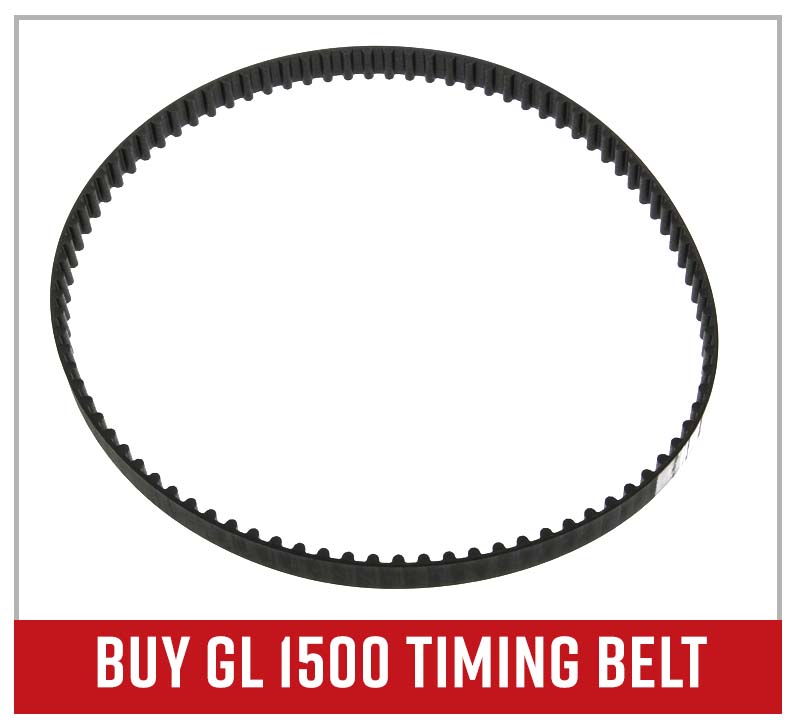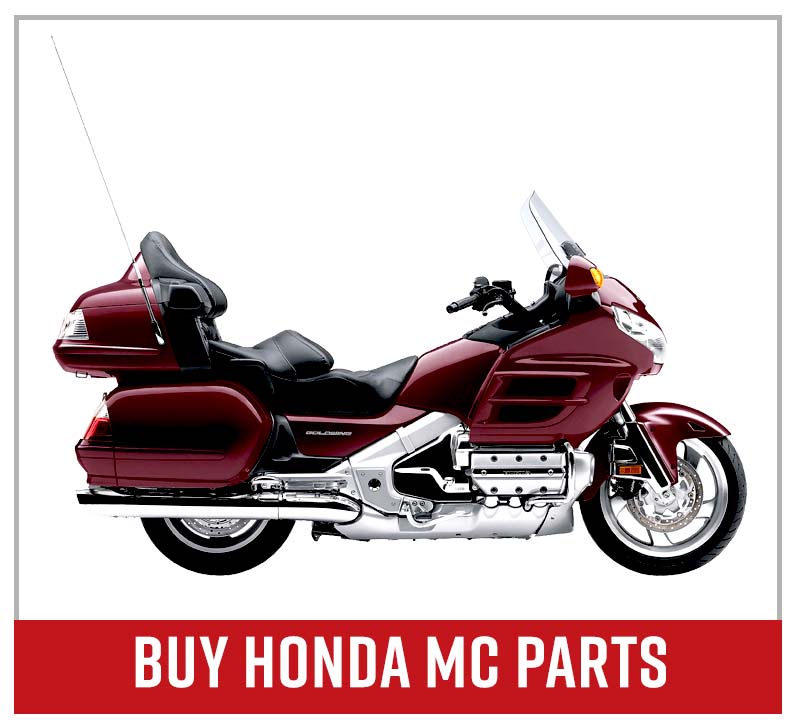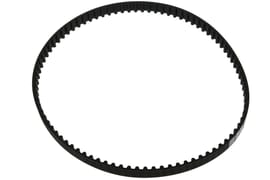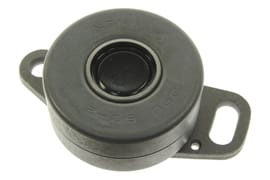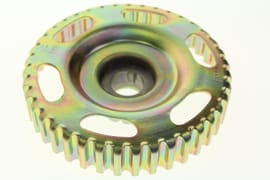Honda Goldwing Timing Belt & Chain Replacement
The Honda Goldwing GL1500 and GL1800 models use very different timing systems, and the correct time to replace the timing belts or chains vary depending on the model.
Watch the video above or read on below to learn when to change the timing belts/chains on Honda Goldwing GL1500 and GL1800 motorcycle models.
See the parts diagrams:
Honda Goldwing: GL1500 vs GL1800 Timing Systems
The Honda Goldwing GL1500 motorcycles built between 1988 and 2003 rely on traditional timing belts running around a drive pulley and driven pulley.
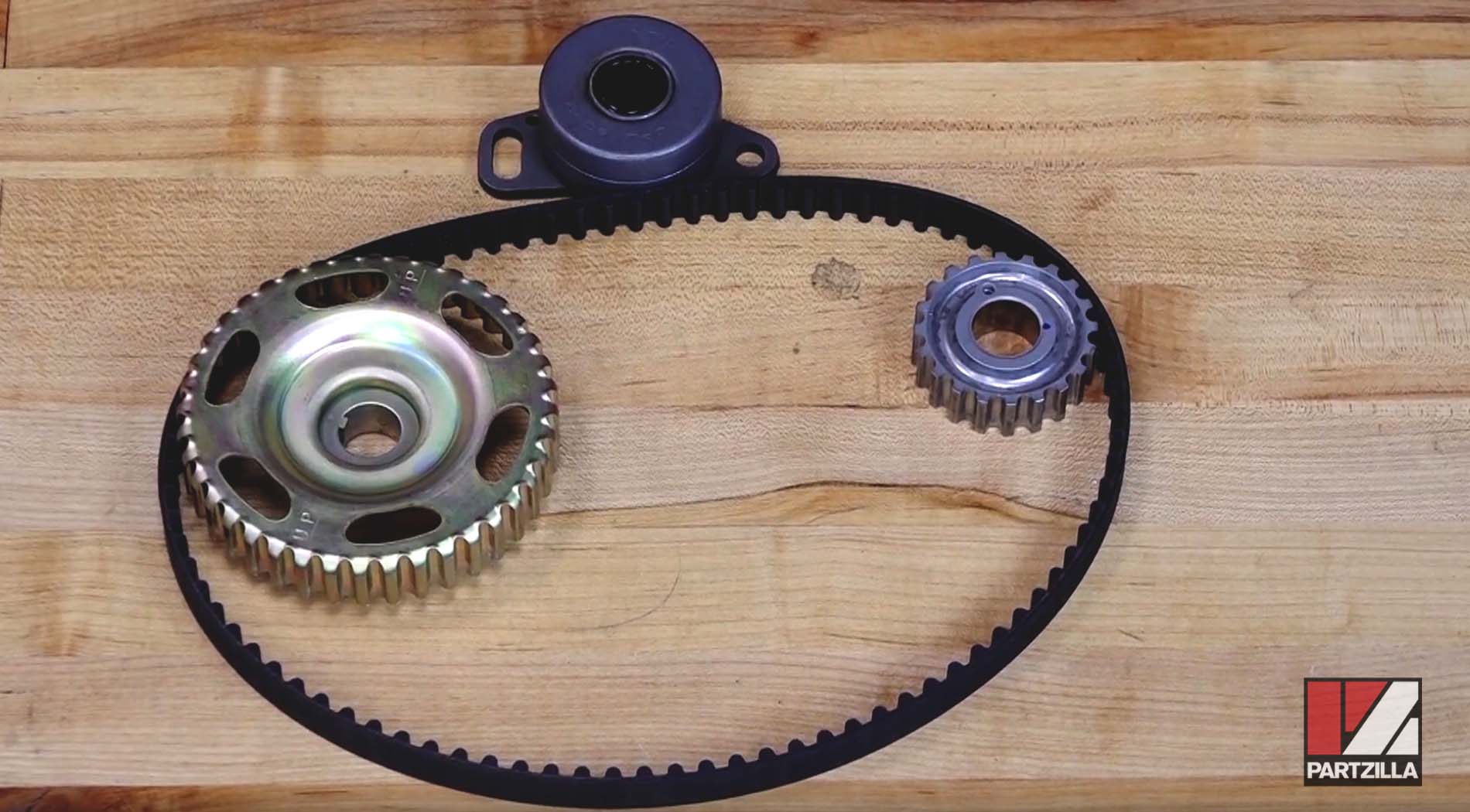
The Honda Goldwing GL1800 motorcycles built between 2001 and 2017 use a pair of timing chains driven by a central timing sprocket and driving two cam sprockets.
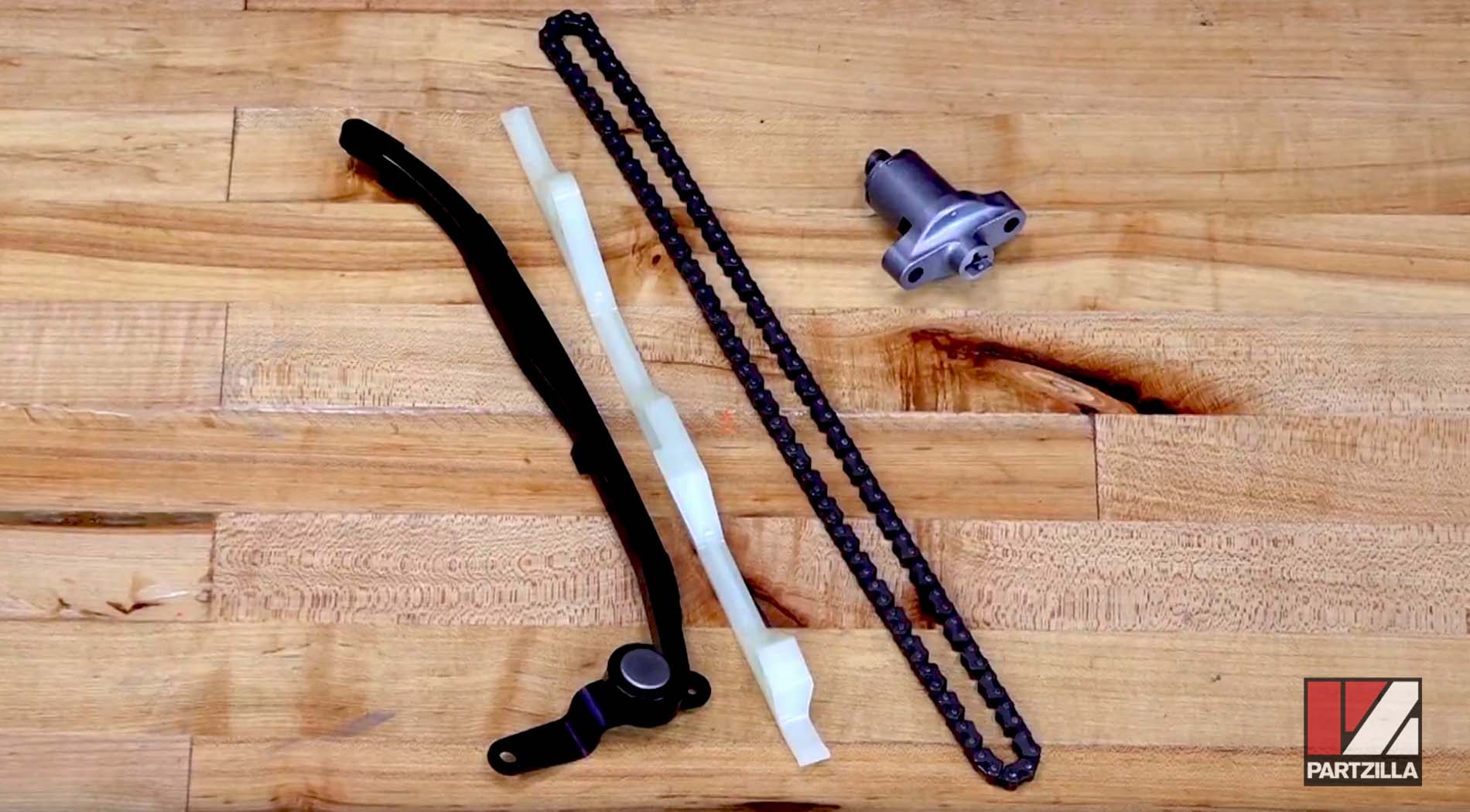
When to Replace Goldwing GL1500 Timing Belts
The older cam belts found in the Goldwing GL1500 models are more prone to wear, and require regular inspection and maintenance.
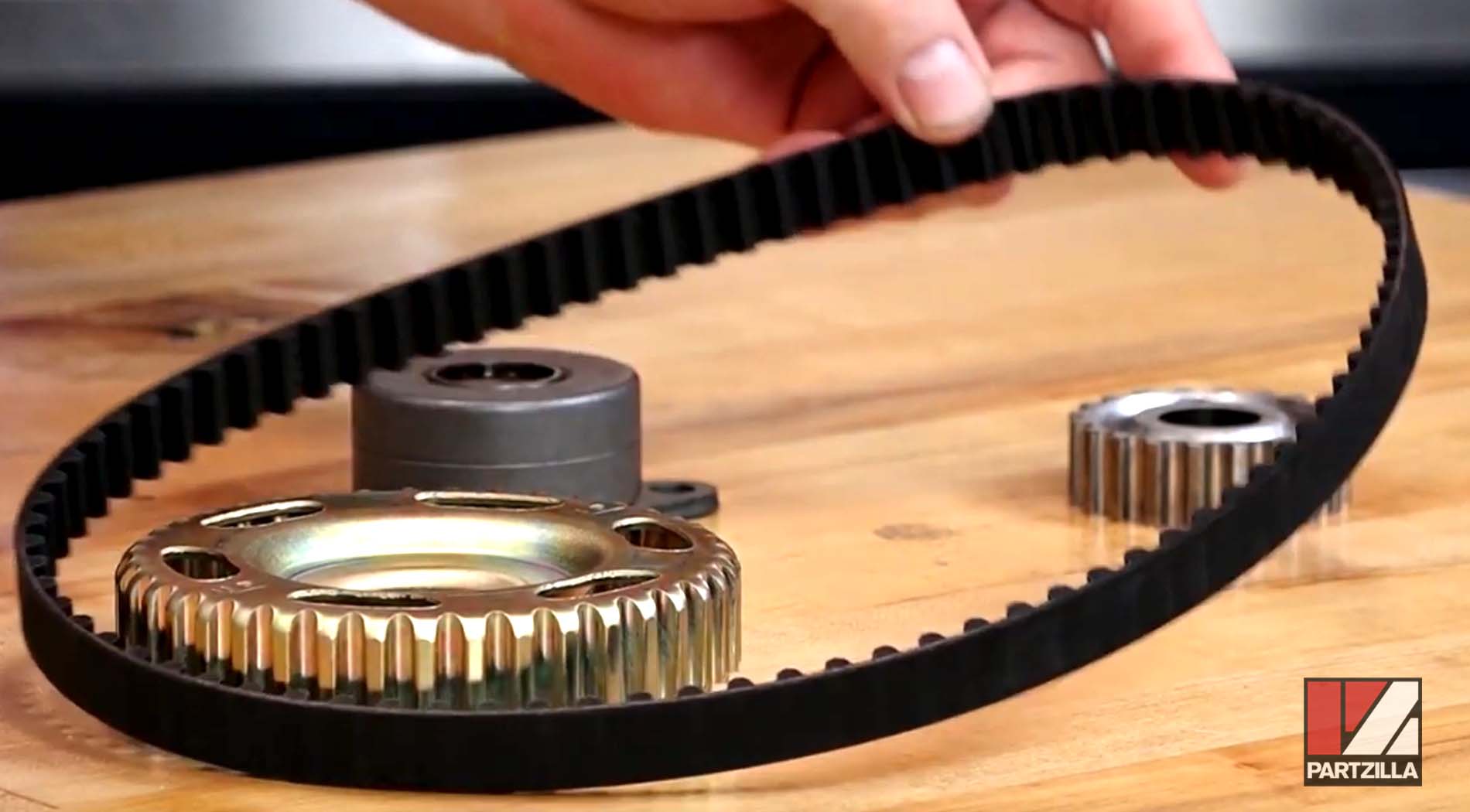
Honda says you should replace the timing belts on a GL1500 once every 100,000 miles. However, you may have to change your Goldwing timing belts sooner, depending on several factors:
High RPM. If you regularly run your motor at higher RPMs, you'll need to replace the timing belts more frequently. The powerful Goldwing engine is far more suited to running at lower speeds, so running at 4,500-5,000 RPM or above will quickly wear out the timing belts.
Climate. The weather plays a big role in the life of timing belts. Extreme cold will cause a rubberized timing belt to break down and become brittle. It's not uncommon to break the teeth off older timing belts when starting up a Goldwing in the middle of winter. If you live in a northern state that experiences colder weather, be prepared to change the timing belts on your Honda Goldwing every year or so.
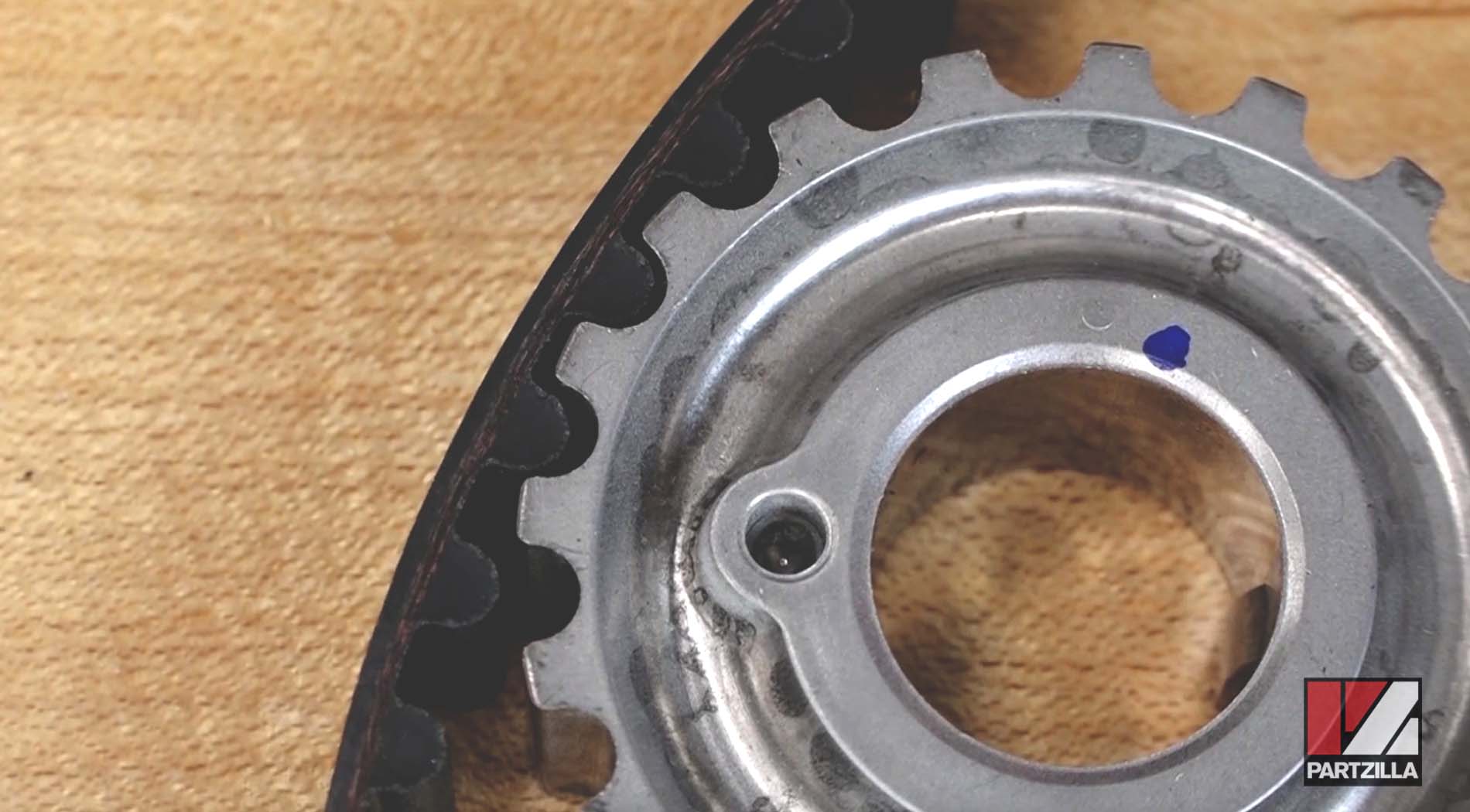
Worn Pulleys. Bear in mind that the drive pulley and the driven pulley also wear over time and will also need replacing. If you fail to replace worn pulleys and to put new timing belts on them, the pulleys will rapidly wear the new belts to the point they'll need replacing yet again.
When to Replace Honda Goldwing GL1800 Timing Chains
The newer timing system introduced on the Goldwing GL1800 models is much more robust, and the timing chains don't experience anywhere near as much wear as the GL1500's timing belts.
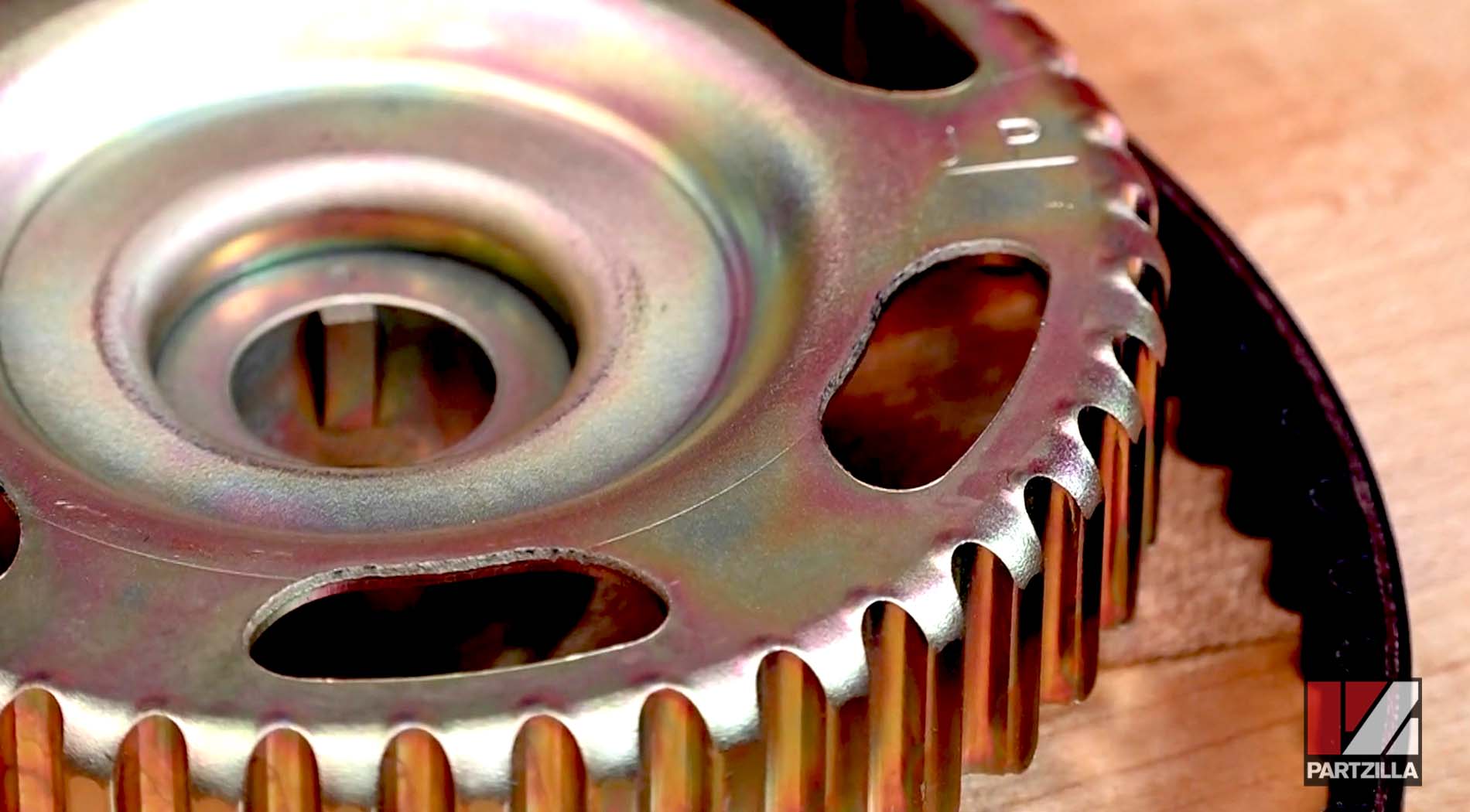
The metal timing chain won't break down in cold weather; doesn't stretch like a rubberized belt; and is much more capable of withstanding the stresses of higher RPMs. Additionally, the GL1800 timing system features more advanced tensioners, as well as a pair of guide rails that keep tension on the sprockets to add to the longevity of the timing system.
If you keep your Goldwing well maintained, you should be able to go many years before having to replace your motorcycle's timing chains.
Pre-Owned GL1800. Perhaps the only time you'd consciously think about replacing GL1800 timing chains is if you bought a pre-owned model. Despite what the seller tells you about the last time it was serviced, it's always a good idea to give a pre-owned motorcycle thorough maintenance when you first get it. By replacing a pre-owned GL1800's timing chains, you know precisely when the work was done and can measure the longevity of the parts from that point on.
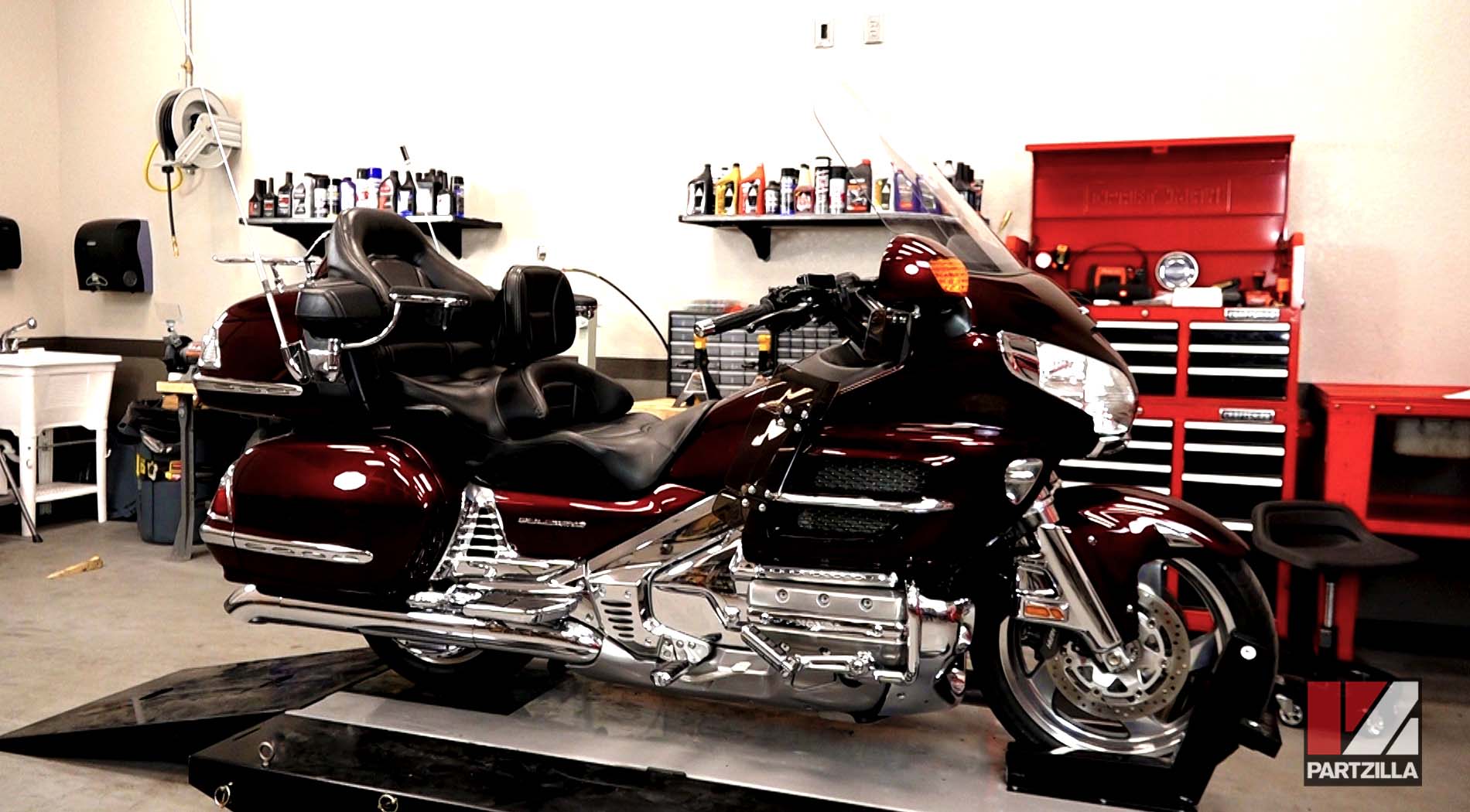
Replacing the Timing Belts or Chains on a Honda Goldwing
When you replace the timing belts, timing chains, tensioners, pulleys or sprockets on your Goldwing, make sure you reference the Honda service manual for your exact model. The various parts in the timing system have to be specifically timed so everything functions correctly, otherwise you'll end up bending the valves when you run the engine.
